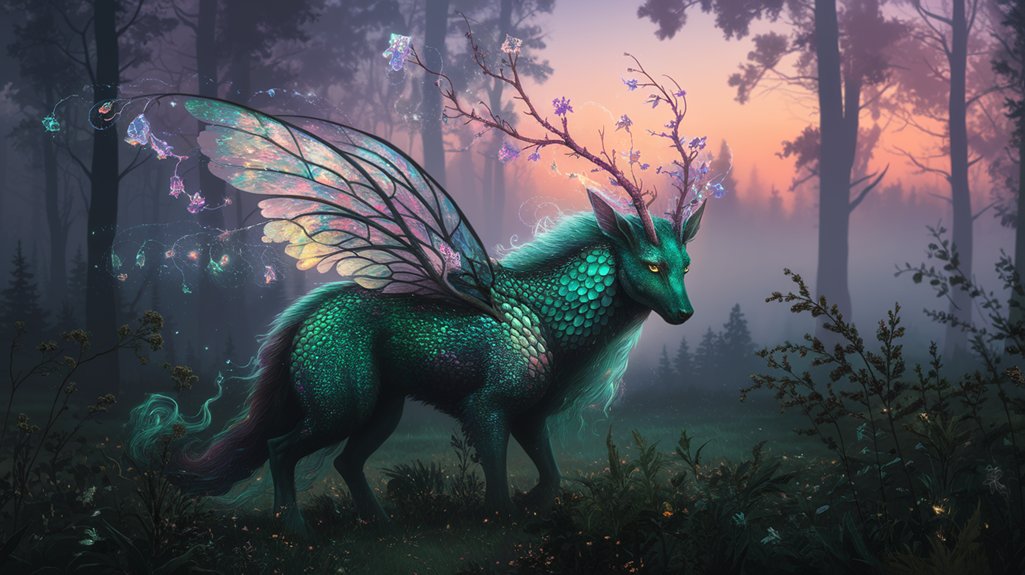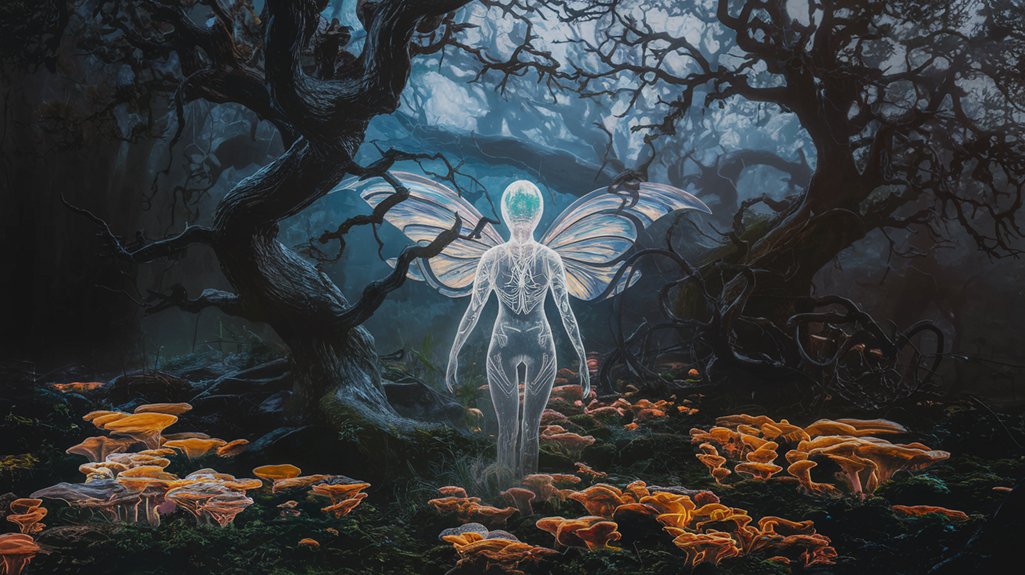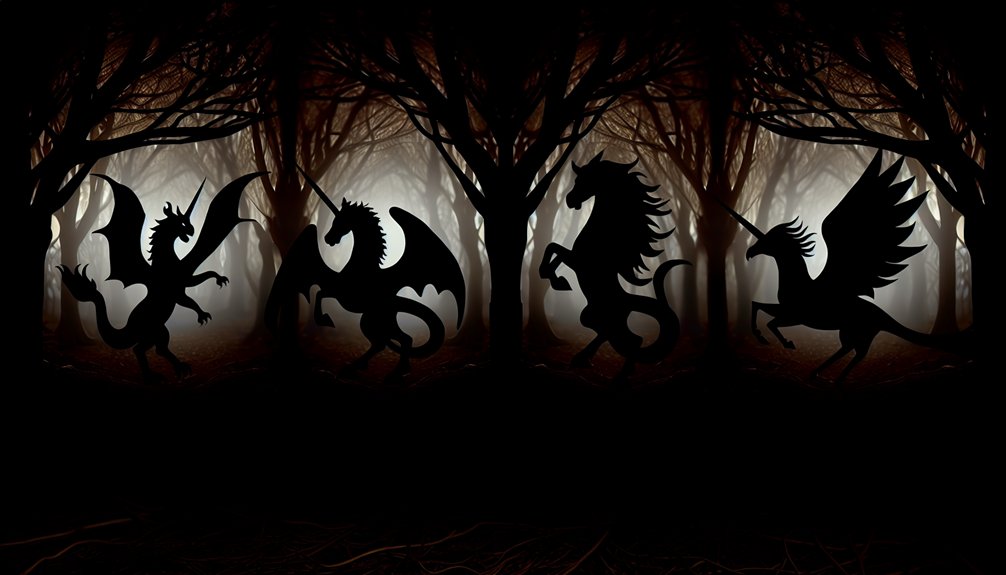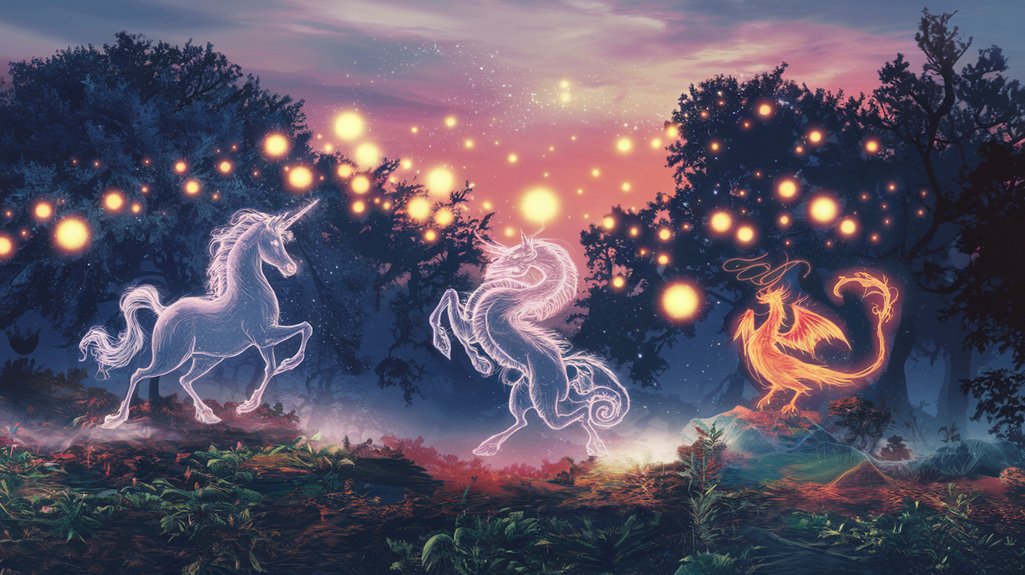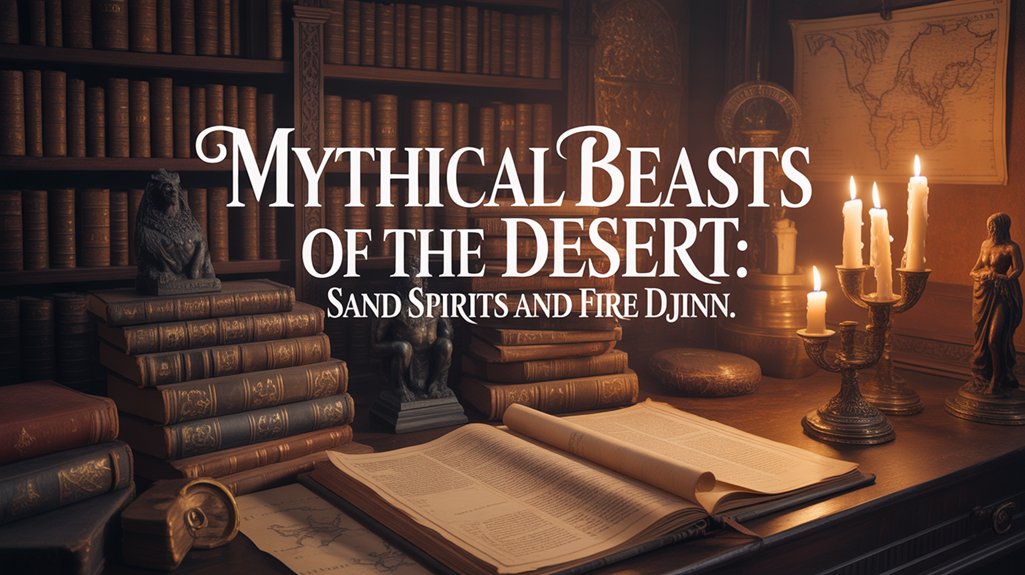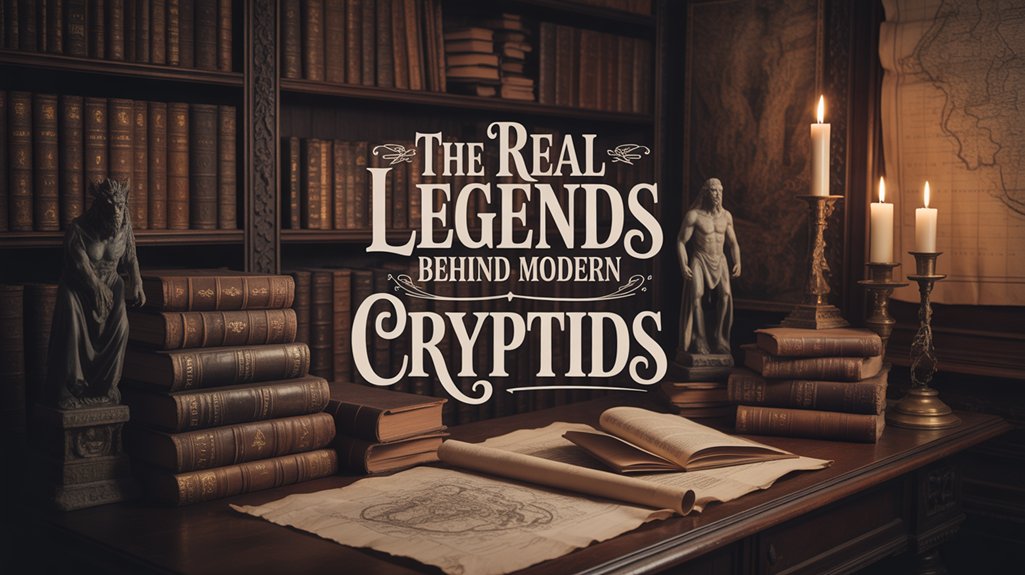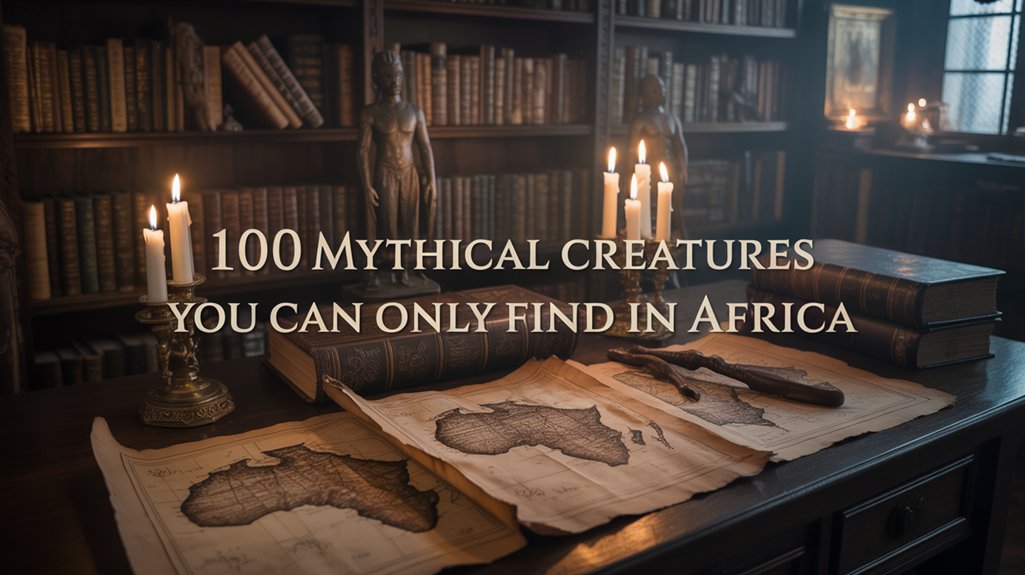Have you ever wondered what protects the world’s greatest hidden treasures? Imagine creatures so powerful and mysterious, they stand guard over secrets waiting to be discovered.
These mythical beings aren’t just stories—they are legends that spark your curiosity and thrill your imagination. If you’re ready to uncover the secrets behind these legendary guardians, keep reading. You might find yourself seeing treasure in a whole new light.
Table of Contents
ToggleDragons Of Ancient Lore
Dragons have fascinated humans for centuries. These mythical creatures often guard treasures hidden deep within caves or ancient ruins. Stories of dragons appear in many cultures worldwide. They are not only fearsome beasts but also symbols of power and mystery. Understanding these dragons helps us appreciate old legends and their meanings.
Eastern Dragons And Their Treasures
Eastern dragons are usually wise and kind. They often protect valuable things like pearls or sacred scrolls. These dragons live in water or sky, not caves. They bring rain and good luck. In Chinese culture, dragons guard treasures that bring harmony. Their treasures are linked to nature and life.
Western Dragons In Folklore
Western dragons are fierce and dangerous. They hoard gold, jewels, and precious metals. Stories tell of knights fighting these dragons to claim treasure. These dragons live in dark caves or mountains. They breathe fire and have sharp claws. Their treasures often symbolize greed or power.
Symbolism Of Dragon Guardianship
Dragons represent protection and strength. They guard treasures that hold great value. This can be wealth, knowledge, or spiritual power. The dragon’s role is to test the brave and worthy. They stand between the ordinary and the extraordinary. Dragons remind us to respect what is precious.
Serpents And Snakes As Protectors
Serpents and snakes appear in many stories as powerful protectors. These creatures often guard treasures hidden deep in the earth or secret places. Their presence warns people to be cautious and respectful. Many cultures believe snakes hold wisdom and strength. These myths show how serpents symbolize both danger and protection. The tales about these guardians spread across continents. Each story adds a unique view of these mysterious creatures.
The Nagas In Asian Mythology
The Nagas are serpent beings found in Asian myths. They live in rivers, lakes, and underground palaces. Nagas guard great treasures and sacred knowledge. They can appear as snakes or half-human forms. Many stories say Nagas protect temples and holy places. People offer prayers and gifts to honor them. Nagas symbolize power, protection, and water’s life force.
The Rainbow Serpent And Hidden Riches
The Rainbow Serpent is a major figure in Aboriginal myths. It controls water and the land’s creation. This serpent often guards secret places with valuable treasures. The Rainbow Serpent’s colors shine like a rainbow in the sky. It protects the balance of nature and life. Many Aboriginal stories teach respect for the land through this guardian.
Serpent Guardians In European Tales
European legends also feature serpents as treasure protectors. Dragons, often serpent-like, guard gold and jewels. These creatures challenge heroes to prove their worth. Some serpents live in caves or deep lakes. Stories warn that only the brave or clever can claim the treasure. Serpent guardians show the link between danger and reward.
Mythical Beasts From The Americas
The Americas have rich stories of mythical beasts guarding hidden treasures. These creatures appear in legends from North, Central, and South America. Each beast holds a special place in local culture. They protect treasures, secrets, or sacred places. These myths continue to fascinate people worldwide.
The Thunderbird’s Watchful Eye
The Thunderbird is a giant bird from Native American tales. It controls thunder and lightning with its wings. Many tribes believe it guards sacred treasures. It watches over mountains and skies. Its fierce gaze warns those who seek forbidden riches. The Thunderbird symbolizes power and protection.
Chupacabra And Treasure Legends
The Chupacabra is a mysterious creature from Latin America. Known as the “goat sucker,” it is feared by many. Some say it protects hidden treasures in forests or caves. Stories tell of it attacking those who try to steal. The Chupacabra remains a symbol of mystery and fear.
Aztec And Incan Guardian Spirits
Ancient Aztec and Incan cultures believed in guardian spirits. These spirits watched over gold and sacred objects. They punished thieves with curses or misfortune. Temples and tombs were protected by these invisible guardians. Their legends keep treasure seekers cautious and respectful.
Fabled Creatures Of The Middle East
The Middle East has many stories about magical creatures guarding hidden treasures. These creatures appear in old tales and legends passed down through generations. They protect treasures with power and mystery. Their stories still capture the imagination of people worldwide.
These creatures often blend human and animal traits. They symbolize strength, wisdom, and magic. Their legends teach lessons and warn about greed. They make the treasures harder to find and add wonder to ancient myths.
The Griffin’s Fierce Protection
The griffin is a creature with the body of a lion and the head of an eagle. It is known for guarding gold and precious gems. Griffins stand watch over treasure hoards in Middle Eastern myths. They are fierce and never let thieves steal from their hoard.
Griffins symbolize courage and power. Their sharp eyes spot danger from far away. Many stories say only the brave or wise can approach a griffin’s treasure. The griffin’s image often appears on ancient artifacts to scare enemies.
Djinn And Their Secret Hoards
Djinn are supernatural beings made from smokeless fire. They live in hidden places like caves and deserts. Many tales say djinn hide secret treasures in these remote areas. They can be kind or dangerous, depending on the story.
Djinn often protect their hoards with magic and tricks. They can change shape or become invisible. Some legends tell of humans who find a djinn’s treasure by solving riddles. Djinn add mystery and magic to treasure legends.
Phoenix And The Cycle Of Wealth
The phoenix is a bird that burns and rises from its ashes. It represents rebirth and renewal. In Middle Eastern tales, the phoenix guards treasures that renew with each cycle. Its treasure is never lost but always changes form.
The phoenix’s flame protects the wealth it guards. It teaches that wealth can grow again after loss. This creature links treasure to life’s endless cycles. Its story inspires hope and the promise of new beginnings.
Magical Guardians In European Folklore
European folklore is rich with stories of magical beings guarding hidden treasures. These guardians often protect ancient riches, deep inside forests, mountains, or underground caves. Their tales have been passed down for centuries. They add mystery and wonder to the idea of treasure hunting.
Many legends describe these creatures as powerful protectors. They use magic or strength to keep treasures safe. People believed these guardians could punish those who tried to steal what was not theirs. The stories warn treasure seekers to be respectful or face consequences.
The Dwarves’ Hidden Mines
Dwarves are famous in European myths for mining precious metals and gems. They live underground in vast, secret tunnels. These tunnels hold treasures that no human has found. Dwarves are skilled craftsmen and protect their riches fiercely.
They use magic and traps to guard their mines. Only those they trust can enter safely. Dwarves are small but strong and very clever. Their hidden mines are a common theme in many tales.
Fairies And Enchanted Treasure
Fairies are known to guard magical treasures in forests and hills. Their treasures often include gold, jewels, or enchanted objects. These treasures are hidden inside hollow trees or fairy rings.
Fairies can be kind or mischievous. They may help those who show respect or trick those who do not. Many stories warn that taking fairy treasure without permission brings bad luck or curses.
Golems As Protectors Of Riches
Golems are magical beings made from clay or stone in Jewish folklore. They protect sacred places and hidden treasures. Golems follow strict orders and guard without question.
Their strength and magic make them nearly unstoppable. People believed golems could defend treasures from thieves or evil spirits. Golems symbolize loyalty and power in guarding wealth.
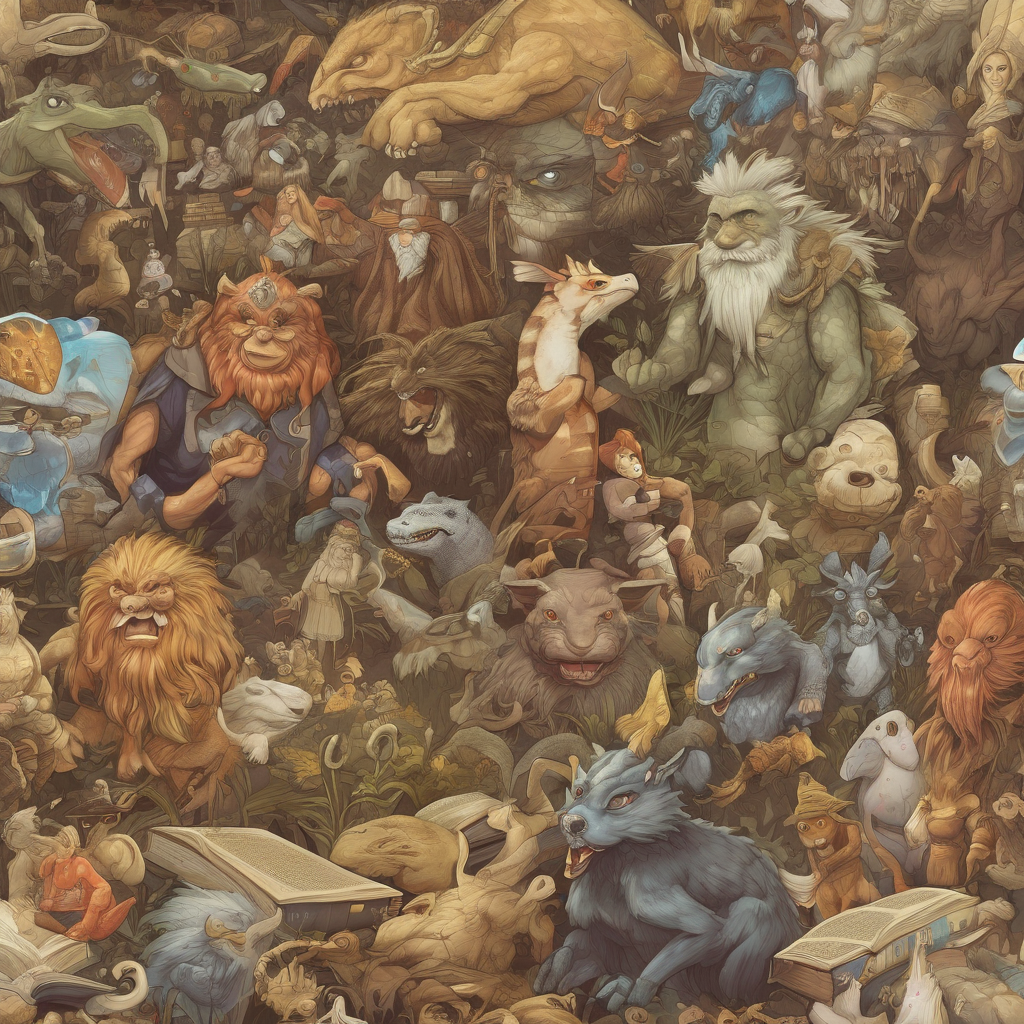
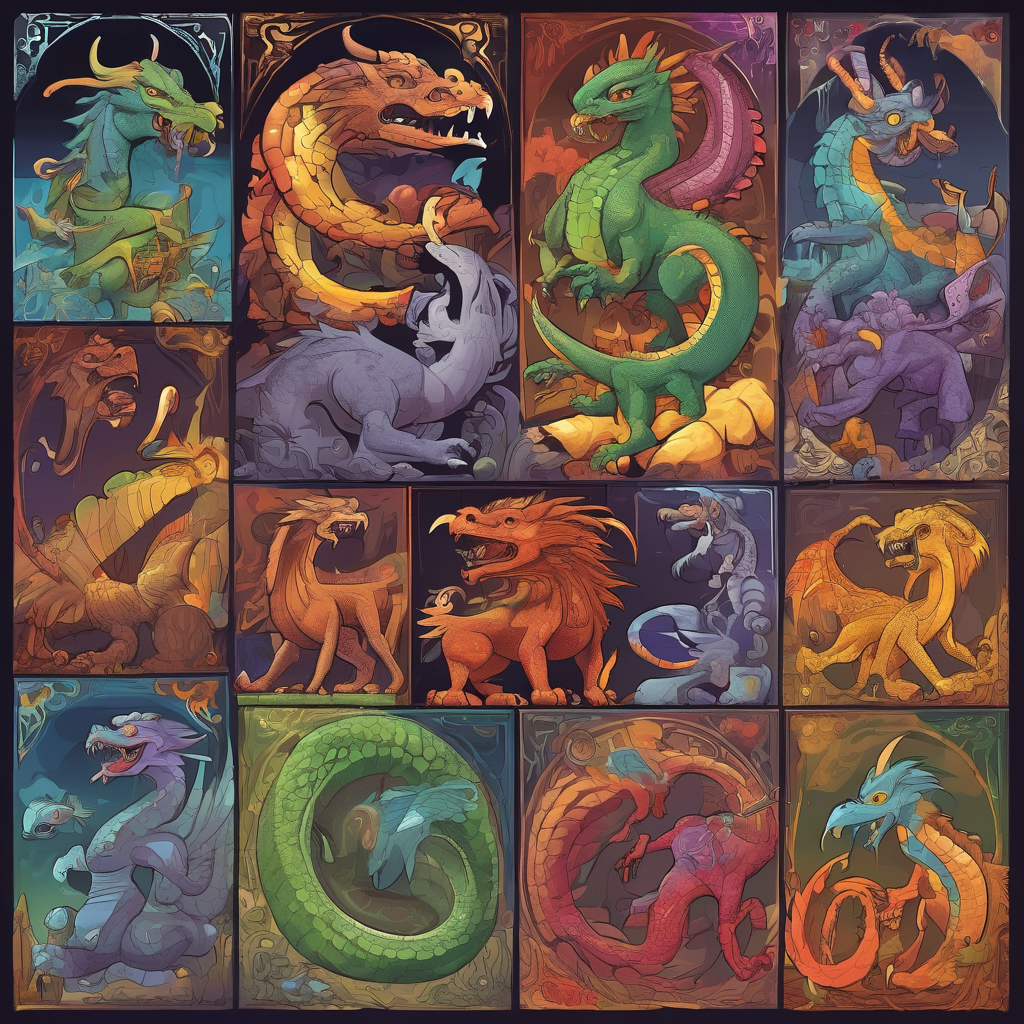
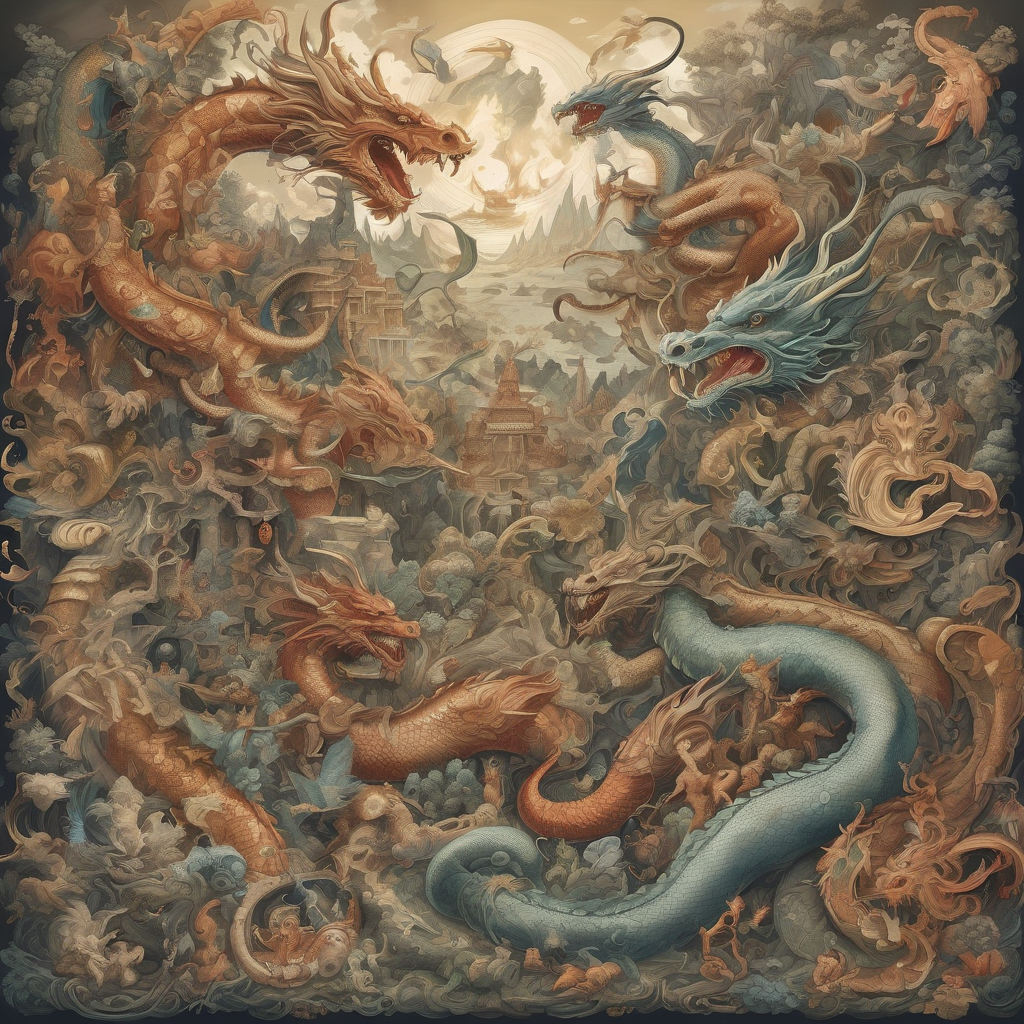
Guardians From African Mythology
Africa’s rich mythology holds many stories of creatures guarding treasures. These guardians are often linked to wisdom, nature, and the unseen world. They protect secrets that humans seek but rarely find.
Many tales tell of powerful beings watching over hidden riches. These beings teach lessons about respect, courage, and the value of knowledge. African myths use these creatures to explain the mysteries of life and the earth.
Anansi And Hidden Wisdom
Anansi the spider is a famous figure in West African stories. He is clever and often guards secret knowledge. Anansi’s tales show how wisdom can be hidden in small things.
He is not a treasure guardian in the usual sense. Instead, he protects stories and truths. These stories are treasures of the mind and spirit. Anansi’s wisdom is passed down through generations, guarding cultural heritage.
The Mokele-mbembe’s Secret
The Mokele-Mbembe is a legendary creature from Central Africa. It is said to live in deep rivers and lakes. Many believe it guards ancient secrets and treasures beneath the water.
This creature is often described as a dinosaur-like beast. Locals tell stories of its power and mystery. The Mokele-Mbembe symbolizes the unknown and the hidden forces of nature. Its treasure is the secret knowledge of the wild world.
Sacred Animals And Their Treasures
In African myths, many animals are sacred and protect treasures. Lions, crocodiles, and elephants often appear as guardians. These animals hold spiritual power and protect sacred places.
Each animal’s treasure varies by tribe and story. Some guard physical riches, others protect spiritual wealth. These sacred animals remind people to respect nature and its gifts. Their guardianship teaches balance between humans and the earth.
Modern Depictions And Influence
Mythical creatures guarding hidden treasures still captivate people today. Their stories appear in movies, books, and games. These legends shape how we imagine treasure hunts and ancient secrets.
Their influence extends beyond entertainment. They inspire real-world explorers and keep old myths alive. This section explores how these mythical guardians impact modern culture and inspire new adventures.
Mythical Guardians In Popular Culture
Dragons, griffins, and serpents often protect treasure in stories. Films show fierce creatures defending gold or magical items. Books describe brave heroes facing these guardians. Video games let players battle or befriend them. These creatures add mystery and excitement to stories.
Treasure Hunting Inspired By Legends
Legends of mythical guardians encourage treasure hunting worldwide. People search caves, forests, and ruins for hidden riches. Some follow old maps and clues from myths. These adventures blend history with fantasy. Treasure hunters enjoy the thrill of chasing ancient secrets.
Preserving Myths In Today’s World
Communities share stories of mythical guardians to keep traditions alive. Festivals and art celebrate these creatures and their legends. Schools teach these myths to connect children with culture. Museums display artifacts linked to these stories. Preserving myths helps us remember the past and inspire the future.
Frequently Asked Questions
What Are Mythical Creatures Guarding Hidden Treasures?
Mythical creatures are legendary beings believed to protect secret treasures. These guardians appear in folklore worldwide, symbolizing protection and mystery. They add intrigue to treasure tales and highlight cultural beliefs about wealth and danger.
Which Cultures Have Treasure-guarding Mythical Creatures?
Many cultures feature treasure-guarding creatures, including dragons in Asia, leprechauns in Ireland, and serpents in South America. These myths reflect each culture’s values and storytelling traditions, enriching global folklore about hidden riches.
How Do Mythical Creatures Protect Hidden Treasures?
Mythical creatures protect treasures using magical powers, fearsome appearances, or cunning tricks. They deter thieves and symbolize the dangers of greed. Their stories warn people to respect the treasure’s power and secrecy.
Are Treasure-guarding Creatures Based On Real Animals?
Most treasure-guarding creatures are fictional or exaggerated versions of real animals. For example, dragons might be inspired by large reptiles. These myths blend reality with imagination to create compelling guardians of treasures.
Conclusion
Mythical creatures have fascinated people for centuries. They add mystery to hidden treasures worldwide. These legends spark imagination and wonder in many cultures. Stories of dragons, giants, and spirits keep treasure myths alive. They remind us that some secrets may never be found.
Exploring these tales shows how humans connect with the unknown. Treasure myths inspire adventure and curiosity in us all. They keep old stories fresh and exciting today. Mythical guardians protect more than just gold; they guard our dreams too.



